Vodafone Backed AST Space Mobile Make First Two-Way Voice Call
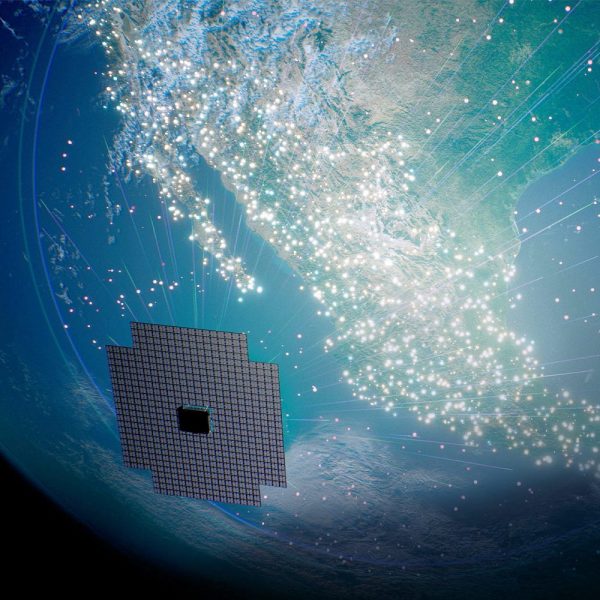
AST SpaceMobile, which is backed by Vodafone and several other global mobile network operators, has successfully completed the “first-ever two-way voice calls” between their prototype BlueWalker 3 satellite in Low Earth Orbit (LEO) and a regular 4G and 5G capable Samsung Galaxy S22 smartphone on Earth.
The announcement claims that this is “the first time anyone has ever achieved a direct voice connection from space to everyday cellular devices,” although we’re not entirely sure if that’s actually true. The idea itself isn’t new. For example, the EU funded and BT supported Satellite and Terrestrial Network for 5G (SaT5G) project (here) has already made it possible to develop solutions that can integrate a standard commercially available 5G core network into a live satellite network.
In the past year we’ve also seen various space companies, such as Starlink (here) and OneWeb (here), move to harness their new ultrafast broadband satellites in Low Earth Orbit (LEO) to deliver affordable 4G (LTE) and 5G mobile services – using common standards – over a wide area (global roaming), often even without consumers needing to buy a new handset.
Advertisement
The latest entrant into this space (no pun intended) is AST SpaceMobile, which last year launched and deployed a 1.5 ton LEO satellite (BlueWalker 3) – orbiting at an altitude of a little over 500km – that featured a huge 693-square-foot (64.4-square-meter) phased array antenna (here). This is perfect for sending and receiving mobile signals between the space-based platform and regular mobile handsets on the ground, as it has a Field of View (FoV) of over 300,000 square miles across the surface of the Earth.
The first real-world trial of this system has now successfully taken place. Engineers from Vodafone, Rakuten and AT&T participated in the preparation and testing of the first voice calls with BW3. The first voice call was made from the Midland, Texas (USA) area to Rakuten (Japan) over AT&T spectrum using an unmodified Samsung Galaxy S22 smartphone.
In addition to test calls, engineers conducted initial compatibility tests on a variety of smartphones and devices. The phones successfully exchanged Subscriber Identification Module (SIM) and network information directly to BW3 – crucial for delivering broadband connectivity from space to any phone or device. Additional testing and measurements on the smartphone uplink and downlink signal strength confirm the ability to support cellular broadband speeds and 4G LTE / 5G waveforms, but no speed data was provided.
Abel Avellan, Chairman and Chief Executive Officer of AST SpaceMobile, said:
“Achieving what many once considered impossible, we have reached the most significant milestone to date in our quest to deliver global cellular broadband from space. While we take a moment to celebrate this tremendous accomplishment, we remain focused on the path ahead and pivotal next steps that get us closer to our goal of transforming the way the world connects.
I am immensely proud of our team and our incredible partners, whose unwavering dedication and tireless efforts have brought us to this pivotal moment.”
The company plans to start launching a full constellation of 100 BlueBird satellites by the end of 2024. The first 5 of these will be similar to BW3, while the rest will be even larger. The company already has a mutual exclusivity agreement with Vodafone in 24 countries, as well as various agreements and understandings with other mobile network operators across the world.
Advertisement
The aim is to make this service attractive for regular consumers (we suspect this may form part of a ‘global roaming’ style add-on for your plan, at extra cost), although it’s too early to talk about costs and much may depend upon their ability to deploy enough ground stations and to secure regulatory approval for related radio spectrum across multiple countries. Not so easy.

Mark is a professional technology writer, IT consultant and computer engineer from Dorset (England), he also founded ISPreview in 1999 and enjoys analysing the latest telecoms and broadband developments. Find me on X (Twitter), Mastodon, Facebook, BlueSky, Threads.net and Linkedin.
« Survey Claims Brits Would Rather Give Up Booze and the Gym than WiFi







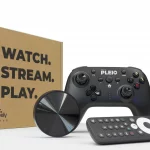
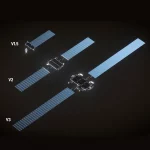


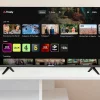
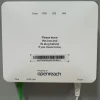
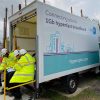
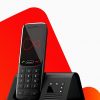








































The video’s impressive, and being able to provide service to a standard mobile is also impressive. The cost of using LEO’s, for mobile and broadband, gives me doubts though; Leo’s have a limited lifespan of around 5 years and there are terrestrial alternatives, like High Altitude Platforms. Maybe they could use a combination of HAPS and satellites to provide services, which begs the question why do they need to use satellites that’ll work directly with mobile devices?
I assume the use-case is areas where it’s uneconomic to build towers, where towers won’t endure (eg due to unrest), or at sea.
I strongly suspect that the cost of HAPS will be greater than short life LEO satellites, because you’ll need more of them, and because they’re actually not cheap in professional operation. Even solar powered UAVs or balloons require maintenance, control, monitoring, and have significant launch and recovery costs, need skilled pilots to land and takeoff, need large scale facilities well away from controlled airspace. It can all be done, but the costs are “advanced military project” numbers. Airbus’ Zephyr is a case in point – originally developed (probably at taxpayer’s cost) then sold on by Qinetiq to Airbus, Airbus have continued to throw money at it, and TWENTY YEARS after Zephyr 3’s first publicly admitted flight it’s still not made a single commercial sale or military order AFAIK. Or Airlander, which has been the next big thing in balloon aviation since about 2001, through bankruptcy, cancellation of US military funding, and write-off of a full scale prototype. There’s some great engineering behind both ideas, but great engineering isn’t the same thing as a low cost, high reliability HAP ready for production and operational use to landline standards of reliability.